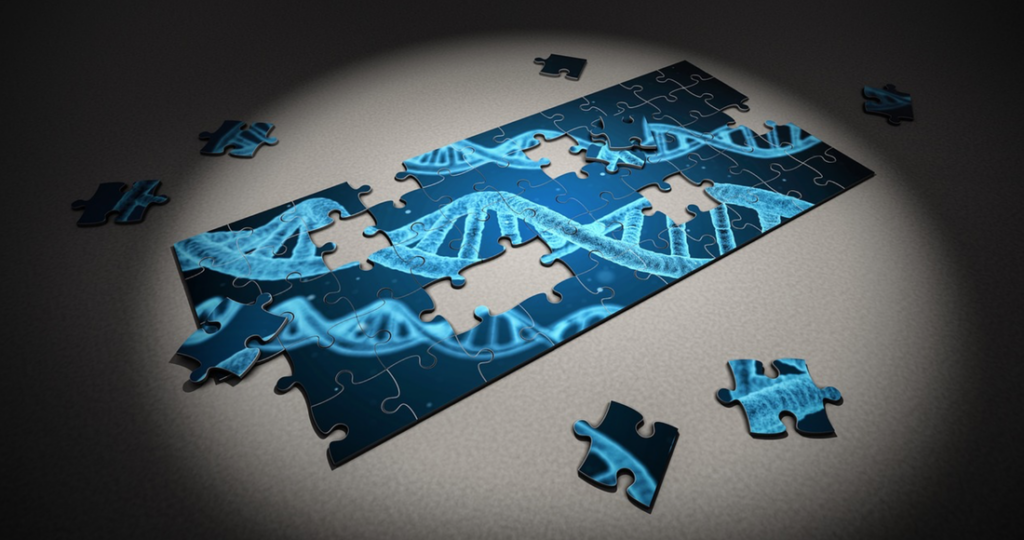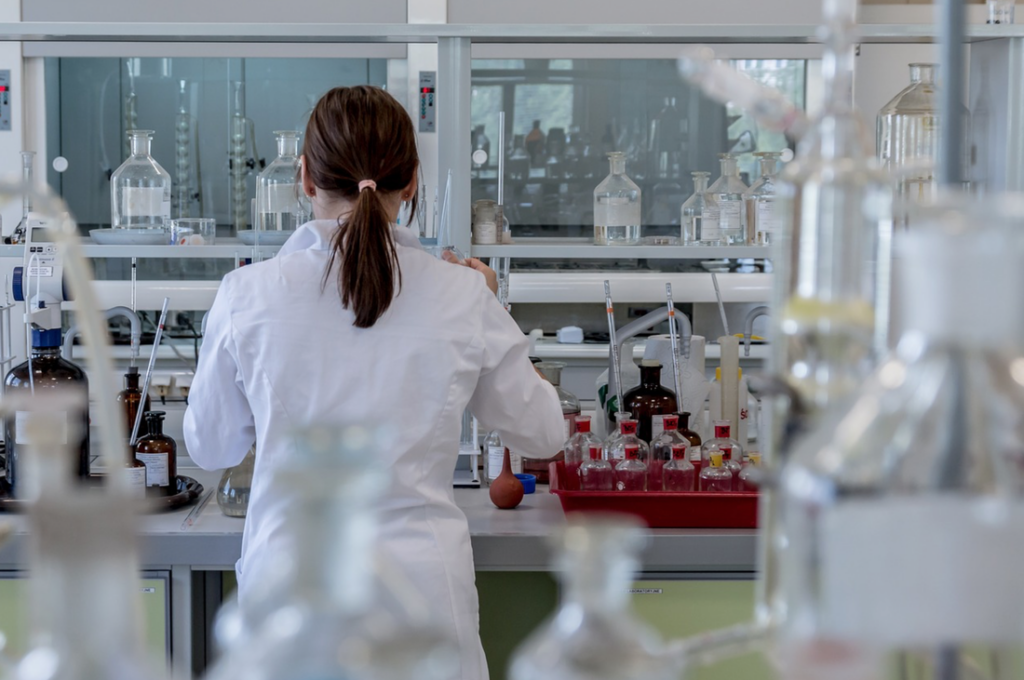
Edited by Simon Bakke
Flies, humans, and tomatoes have approximately the same number of genes in their genomes — but humans are clearly a complex species when compared to flies or tomatoes. One aspect of the human genome that I study, called Long non-coding ribonucleic acid molecules (referred to as LncRNA), can potentially explain the complexity of human life!
Our cells have deoxyribonucleic acid (referred to as DNA) and the DNA has a code, which makes RNA. Unlike regular RNA, non-coding RNAs don’t form proteins in our body. What’s sad and a bit unfortunate is that scientists have been ignoring these RNA molecules for decades, focusing solely on protein-coding genes, which accounts for 2-3% of our DNA. So why has 98% of our genome been ignored by researchers?
Reports suggest that LncRNAs are critical for human health, and information unearthed by these LncRNA studies will undoubtedly help advance medicine in unexpected ways.
It’s unbelievable that our cells have massive amounts of this RNA stuff, and yet some scientists think that they are waste products of evolutionary selection or some other reaction in our body, just accompanying us for a ride. Life is said to have originated in the RNA world. If almost all of the genome isn’t coding for a protein, but evolution has still decided to keep these pieces, don’t you think they’ve got to have some reason to exist? Several reports suggest that LncRNAs are critical for human health and information unearthed by these LncRNA studies will undoubtedly help advance medicine in unexpected ways.
Scientists seem to have a problem with these non-coding RNAs, as they are very different between species, unlike proteins that tend to be similar even across very different species. This fact raises some questions: Why study these when they aren’t conserved? How do we study non-coding RNA’s function in humans, or how do we relate any of the research done on long non-coding RNAs in model organisms like flies, mice, or zebrafish with humans? Identifying mutations in long non-coding RNAs isn’t easy, and again, the question of “conserveness” comes up; how can we connect the mutation identified in, for example, a fly’s LncRNAs, with that of humans?
My understanding is that sequences of these RNAs are usually not the same between species and yes, that makes it devilishly more complex to study. But maybe that’s the clue to digging deeper into these hidden RNA species. We forget that our bodies are made from trillions of cells and every cell contains the same DNA with exactly the same sequence.
So, why do immune cells respond differently to signals than a nerve cell when they have the same DNA sequence? We need to look beyond just the DNA sequence to understand the complex mechanisms in an organism. Recent studies have confirmed that LncRNAs add an extra layer of confusion to the existing knowledge, and they are linked to various cancers, cardiovascular diseases and much more. In recent years, a few studies have identified LncRNAs as potential biomarkers for these diseases, and in most cases, they are involved in gene expression — or, regulating which genes “show up”.

But we still don’t know exactly what they do, and a lot of work needs to be done to uncover the links between lncRNAs and diseases, to explore new opportunities for treatments. But the question remains: Are scientists going to continue studying this large portion of our genome? Are they going to get enough funding to work on these risky research areas that don’t always produce useful results?
Some scientists think that people who study lncRNAs just overhype them, and they believe that they have elaborate incentives to do so.
Isn’t it the other way around? The riskier the project is, the harder it is for scientists to publish results that demonstrate something important, which could further take away incentives to study potentially very important aspects of the human genome.
This raises a lot of concerns in the science field and the need for such “risky” research to thrive and exist. Hopefully, more research groups will start working on it and the collaborative efforts between researchers and doctors will get LncRNAs into business, which will eventually help treat patients with diseases we can’t address with our current knowledge of our genome.



Leave a Reply